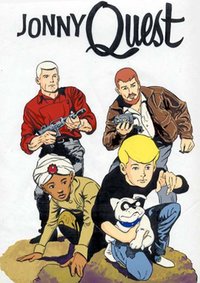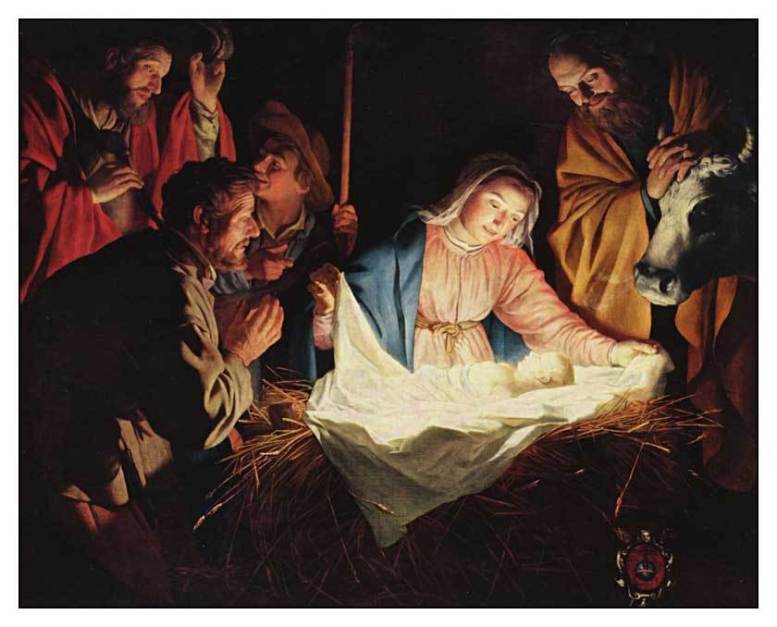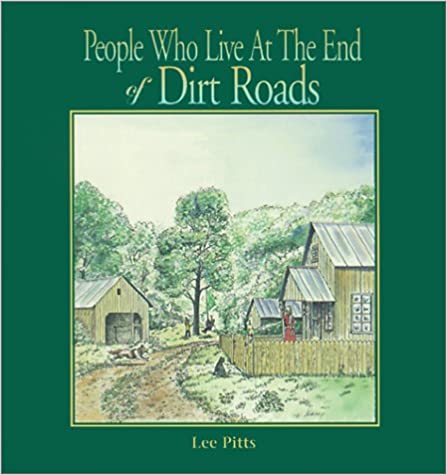From Jonny Quest To Batman
From Jonny Quest To Batman

 Of all the superhero movies that have been released by Marvel and DC comics, Batman is my least favorite, primarily because of the dark and diabolical nature of the villains. Despite my dislike of the Batman movies, I still watch them. In the last Batman movie, The Dark Knight Rises, the villain, Bane, delivers a crippling blow to Batman’s back. He then escorts Batman to an underground prison. The only way out of the prison is through a tower-like tunnel that is carved out of rock.
Of all the superhero movies that have been released by Marvel and DC comics, Batman is my least favorite, primarily because of the dark and diabolical nature of the villains. Despite my dislike of the Batman movies, I still watch them. In the last Batman movie, The Dark Knight Rises, the villain, Bane, delivers a crippling blow to Batman’s back. He then escorts Batman to an underground prison. The only way out of the prison is through a tower-like tunnel that is carved out of rock.
While the prisoners can look straight up through the tunnel and see the blue sky, they know they will never be able to escape. The tunnel is several stories deep, and legend has it that there was only one person who was able to escape — a child. The prison is described by Bane as “Hell on Earth” because the individuals who reside there have lost all hope. All that remains within them is despair.
After rehabilitating himself, on two separate occasions Batman attempts to escape by climbing the wall of the tunnel. During his attempts, he uses a rope that is attached to the wall of the tunnel by tying the end of a rope around his waist. He fails at both of his attempts, and like an inflexible bungee cord, the rope stops him from crashing to his death on the ground below.
After Batman admits to an old prisoner that his greatest fear is that he will die in the prison, the prisoner reveals to him that the child who escaped climbed the wall without the rope. The prisoner tells Batman that if he ever hopes to be successful in escaping, he must climb without the rope, risking certain death if he falls. Only after Batman decides to climb without the rope is he finally able to escape from the prison.
I thought about Batman’s iron-willed determination and his decision to forgo the security of the rope earlier this month when my cousin and friend Chuck Couri suddenly passed away. Chuck was a year older than I and had been diagnosed with stage-four cancer in March 2009. After his diagnosis, he received a bone marrow transplant, radiation, and chemotherapy. Because of his ongoing problems, he never actually completed his treatment. He was required to continually monitor his condition and, when necessary, receive additional treatment.
From the moment that Chuck was diagnosed with cancer, his life was in peril. There were several instances over the past five years when it was believed that he wasn’t going to make it, but he always pulled through.
On one occasion about a year and a half ago, I received word that Chuck had experienced a setback as a result of a particular drug that he was taking, and that he had only a day or two to live. Fearing I would never have a chance to see him again, I rushed over to his house. I was shocked by his appearance. He had lost a lot of weight and was suffering immensely. Over the course of a few hours, we were able to have only a couple of very short conversations. He kept repeating, “If I can only make it through the night, I’ll be okay.” When I left his house, I was sure he wasn’t going to make it, but he slowly recovered and was back to work within a few weeks.
Like Batman, each time Chuck took a turn for the worse he somehow, by sheer force of will, recovered.
On Thursday, December 18, I received a text message from one of my family members indicating that Chuck had been admitted to the hospital and was in intensive care. When I arrived at the hospital, he had already been placed into a medically induced coma and was on life support. He was receiving multiple medications to counter an infection that had quickly spread through his entire body and was shutting down his organs. The general consensus was that Chuck was probably not going to make it through the night.
On Friday morning (December 19), after receiving a telephone call from one of my sisters, I headed for the hospital. When I arrived, there were more than 35 family members and friends, all of whom had gathered in Chuck’s room and the hallway outside his room. At Chuck’s side were his wife and his two college-aged children, both of whom had flown into Peoria the night before to be with him.
At around 12:30 p.m., one of Chuck’s family members announced that the family was going to pray a Rosary out loud so Chuck could hear them. Everyone who was present prayed with the family. Although some of the people who were present were not Catholics, they still joined in the prayers. It was as though a special grace had been granted by God to Chuck and his family to help usher his soul from this Earth to his eternal reward.
Chuck died within an hour of the conclusion of the Rosary. While none of us should have been surprised by Chuck’s death, we were all stunned. Over the past five and a half years, every time it appeared as though Chuck was not going to make it, he somehow fought his way back.
After Chuck’s death, a flood of memories overwhelmed me. I remembered staying overnight at his house when I was a boy and watching Saturday morning cartoons with him and his brother Gene. Chuck’s favorite cartoon was Jonny Quest, which was about the adventures of an 11-year-old boy who traveled around the world with his scientist father. Like Chuck, Jonny had an adventurous spirit, loved high-tech gadgets, and was attracted to anything that delivered power and speed.
For those of us who knew Chuck, he was the guy who lived life in the fast lane. When he was 17 years old, he bought and fixed up a 1955 Chevrolet, arguably the fastest drag racing car on the road at that time. During the late 1950s, 1960s, and early 1970s, there was a belief among drag racing enthusiasts that the fastest cars on the road were the 1932 Ford Coupe Roadster (commonly known as the “Deuce Coupe”) and the 1955 Chevrolet. A race between those two vehicles was memorialized in the 1973 movie American Graffiti. The race occurred at the end of the movie. In order to honor the firmly held beliefs of car enthusiasts, George Lucas, the director of the movie, made sure there was still a question at the end of the race as to which vehicle was the fastest.
Besides owning one of the fastest cars on the road, Chuck also owned a Kawasaki, the fastest motorcycle on the road at that time. One warm summer day when we were teenagers, I was over at Chuck’s house and he and a couple of his friends had a competition to determine who could launch their motorcycles into the air and travel the farthest without crashing their bikes. Chuck’s parents lived on Sterling Avenue, across from Newman Golf Course. One at a time, Chuck and his friends sped down Sterling Avenue and used the ditch between Sterling and the golf course to launch their motorcycles into the air. Like Evel Knievel, each of them became airborne. Fortunately for all of them, they were able to land their motorcycles on the ground without wiping out. Needless to say, Chuck won the competition.
Chuck graduated from Spalding Institute and then went on to college and studied accounting. After college, he passed the CPA exam, and then went to law school. For 30-plus years, he was the top tax/business law attorney in Central Illinois.
After Chuck’s funeral it occurred to me that he had lived his entire life “without the rope.” Nothing ever held him back. Everything he did was always full throttle. But in the end, he needed the assistance of a spiritual rope to help him make the transition from Earth to Heaven. That rope was the Rosary, and it was his beloved family members and friends who were there to make sure he would benefit from its use.
I don’t know why, but I’m having a hard time accepting his death. It may be because it’s a reminder to me that even the toughest among us have to eventually succumb to our own mortality. May he rest in peace.


